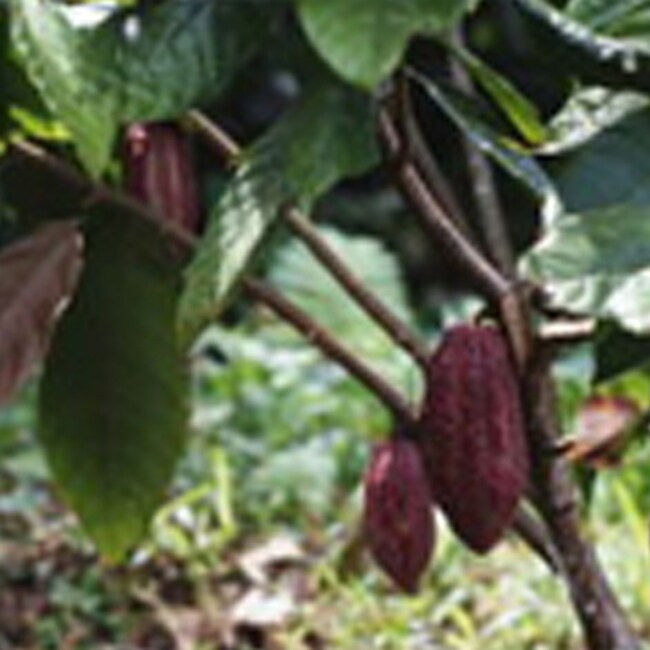Thermo Scientific™
ImmunoCAP™ Miscellaneous Food Allergens
Catalog number: 14508610
Quantify specific IgE antibodies with ImmunoCAP™ Miscellaneous Food Allergens, essential tools to aid in the diagnosis of allergic conditions. IgE antibodies appear in human serum and plasma as a result of sensitization to a specific allergen. Measurement of circulating IgE antibodies provides an objective assessment of sensitization to an allergen. In general, low IgE antibody levels indicate a low probability of allergic disease, whereas high antibody levels to an allergen show a higher correlation with an allergic disease.
